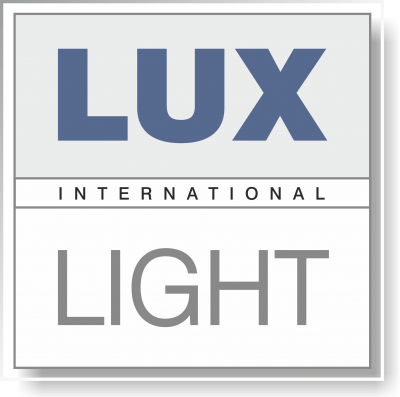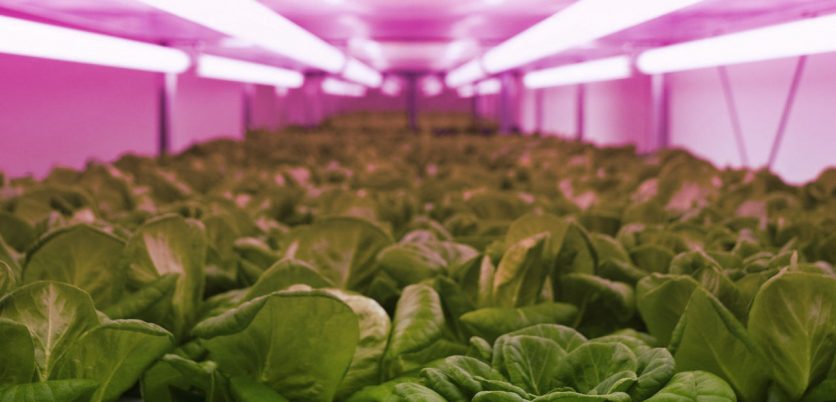Introduction to LED Lighting
In the last years, LED grow lighting has become more and more important in the horticultural business.
The new technology is continuously evolving and manufacturers are flooding the market with growing LEDs and fixtures. As this development is happening very fast, it is hard for the customer to keep up with the newest technologies.
Many people feel overwhelmed with all the information and often do not know what really matters when it comes to LED lighting. With this blog, we want to give a basic roundup by covering the
most important parts about this rising technology and show you what to look out for when it comes to finding the right fixture for your demands.
We will begin by “deconstructing” the fixture into its parts, explain their importance, tell you what you should look out for and list the pros and cons of different approaches manufacturers take at building fixtures for the horticultural market.
Afterwards we will have a look at spectra and photosynthesis to explain again, what you should look out for and to help you understand which LED you can use to improve your yield.
It is hard to unravel every little detail when it comes to such a complex technology. Therefore this blog aims to inform people who already have some knowledge about this specific application but
want to know a little bit more about LEDs in horticulture.
As mentioned before there are very different approaches of manufacturing fixtures. We want to help you chose the right one before you invest a big amount of money just to recognize that it does not fit your needs. This blog is meant to be completely independent. We do not want to advertise any products but provide information.
Powering and Cooling LED Fixtures
Powering the Fixture
LEDs use a driver to power up the fixture. To keep it easy: this component is comparable to an electronic ballast powering a highpressure sodium lamp. With lots of Chinese producers entering the market, it is very hard to tell a good driver apart from a bad one.
Usually these cheap Asian drivers tend to get very hot. With online sources like Alibaba.com, almost everyone is able to get his hands on a LED driver from the Asian market. The plus side is of course that they are mostly very cheap to obtain, and the producer even ensures a five-year guarantee for the driver. On the other hand, the schemes of such manufacturers are very sketchy. Most of the companies will not even exist for the five years. A common practice is to change the companies name when too many reclamations occur so that they will not able to be held responsible for the failures of the devices.
Choosing the right driver is always a matter of trust. Moreover, as with every electronic steering device it can be said that the more functions the driver offers, there are also more chances of failure.
Some LED fixtures are even working with no driver at all. The problem here is that they produce a flicker within the frequency of the current, which is 50 to 60Hz and plants do not like that.
Cooling the LED Fixture
As every electronic device, LED fixtures will produce heat, not as much as conventional high-pressure sodium or metal halide lamps, but they will get hot. For this circumstance there has to be some kind of cooling provided to save the LED fixture from overheating.
To secure this there are different possibilities.
The first option to cool a fixture would be actively, which means built in fans will suck air into the fixture to regulate the heat of the built in elements. This is comparable to the active cooling in a PC or laptop. It is the most common way LEDs are built, because it is easy to produce and not many special materials like aluminum or copper have to be used.
The fixture also gets lighter when active cooling is built in because only a small fan and a cooler are needed to regulate the heat. Especially bigger LED systems can profit from active cooling because it is a very simple construction. It does not take a genius to engineer such a common way of heat regulation, which leads to the fact that most actively cooled LEDs are often under engineered and even though production costs are relatively low, they might be over-priced by the manufacturer or retailer.
Active cooling with the usage of a fan has its downsides. First of all pollution. Not only noise pollution by the fixture itself – fans can be loud – but also the air in indoor grow rooms and tents are always contaminated with lots of dirt. This comes from either soil, dust or minimal parts of the plant itself. All of this polluted air gets sucked into the fixture to cool the electronics.
If we imagine that, the growing does not use soil at all because it is done hydroponically and furthermore incoming dust filters are installed. One could think that an actively cooled LED works just fine in these environments because the threats of polluted air are eliminated for the most part.
The problem is that your fixture is still at risk. Water will always evaporate in warm environments and may condensate. Along with the water, there are other particles traveling through the air for example fertilizers or other additives you are feeding your plants as well as the already mentioned particle sized parts of the plant itself. This mixture is now sucked into the actively cooled LED fixture to cool down exposed electronics.
The problem with cleaning the fixture and relieve it from all the dirt results in a void warranty by breaking the labels. Because actively cooled LED fixtures are relatively new to the market it is hard to determine exact numbers of failure within the first two years but it is imaginable that they will not work for the expected two to five years lifetime.
When we have a look at passively cooled LED fixtures, they all come with a certain body that uses fins to maximize the surface of the body itself to regulate the heat. A larger surface area leads to more cooling over the body of the fixture.
Different to the actively cooled LED fixtures the passively cooled modules have no moving parts at all so there are no fans to fail and overheating due to such failure is no problem at all. Furthermore, these fixtures are all sealed and come with an IP65 value or higher so that even accidents while watering have no impacts on the lighting or safety of the owner.
The downsides of passively cooled LEDs are the costs. It is much harder to cool large amounts of LED power so the development and production usually needs higher engineering and more materials that are expensive.
Also, these fixtures are heavier than those that use active cooling. However, as always higher quality usually has its price and if the grower wants a safe environment and minimal maintenance it is safe to say that
such an investment is profitable.
⚠ ATTENTION ⚠
Pests, like mildew or other fungi and bacteria can and will
infest your active cooled LED fixture. If you cannot clean the
inside, with alcohol for example, your fixture will then re-infect
your plants in no time.
Some LEDs even provide a water-cooling technology. It is safe to say that that most of these systems do a good job cooling the fixture with water and prevent the fixture from overheating this way. However, this takes more time installing and consumes additional energy, which reduces the savings a LED fixture should provide.
Furthermore just as actively cooled air ventilations this brings a risk of failure. If the cooling fails at some point, the fixture is pretty much doomed to overheat and eventually stop working
Conclusion on cooling:
Do not buy a fixture if you are able to see the inside. Consider IP65 sealing as a minimum must have. Active cooling pollutes the fixture with dust and pests. Those pests will re-infect your crop when you
are not able to clean every bit of your fixture. Passive cooling is the better option even though it will make the fixture heavier and probably more expensive due to costs of engineering and materials. Water-cooling is an efficient way but it reduces energy savings, adds installation time and has a risk of failure.



